We don’t have a plastic problem – we have a plastic waste problem, and it’s definitely dangerous for our health. Research has found that microplastics entering the human body can increase the risk of inflammation and oxidative stress, which we all know can trigger the development of cancer and heart disease.
According to statistics, around 8 million pieces of plastic pollution end up in our oceans every day. If that’s not enough, researchers believe that 53 million tonnes of plastic could end up in rivers, lakes, and oceans by 2030.
The worst part is that this was all before the COVID-19 pandemic.
Mother nature loved social distancing
While we each got lost in baking banana bread and attempting to do our own eyebrows, the environment was bouncing back from all the damage that humankind had done.
According to a May 2020 study published in Nature Climate Change, daily emissions fell by 17% during the month of April, which was when most of the world was under strict lockdown measures. Additionally, a separate study published in Nature Communications found that there was an ‘unprecedented’ abrupt 8.8% drop in global CO₂ emissions in the first half of 2020 compared to the same period in 2019, with the researchers confirming that the emission drop was the largest in modern history.
However, like most things in 2020, the good news wasn’t meant to last and while we grappled with the viral pandemic, another one was growing stronger in the meantime.
A Plastic Waste Pandemic
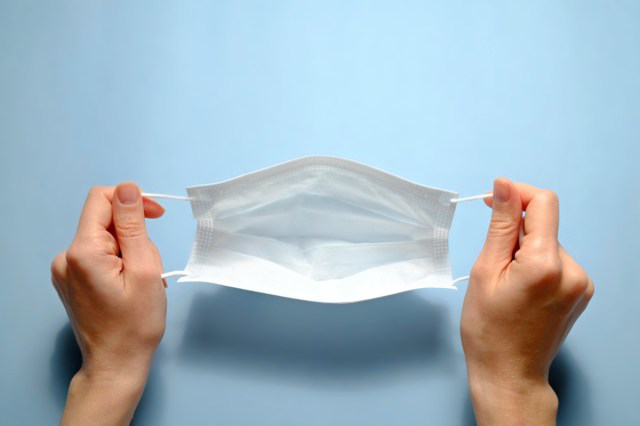
According to statistics, the COVID-19 triggered an estimated global use of 129 billion face masks and 65 billion gloves every month. Now while we can’t take away how the production of plastic helped in the fight against the pandemic, it definitely set us back in regards to fighting plastic pollution.
After all, single-use face masks are made from polymers – which have been identified as a significant source of plastic pollution.
“People may not realize that these blue masks and gloves have plastic in them. So what we’re using just for a couple of minutes can last on Earth for thousands of years. It won’t biodegrade. When it does decompose into microplastics, it will be digested by animals on land and my marine wildlife.” said Chad Nelsen, CEO of the Surfrider Foundation.
What do the stats say?
- Over 62,000 items of PPE around the world and collect over 1.5 million pounds of trash, which included thousands of pounds of gloves and masks (1).
- Hospitals in Wuhan produced more than 240 tons of single-use plastic-based medical waste per day at the peak of the pandemic – this was 6 times more than the daily average before the pandemic occurred (2).
How did this happen?
In addition to the increase in the production of plastic for medical supplies, there are a few additional factors that contributed to the rise in plastic waste during the height of the pandemic.
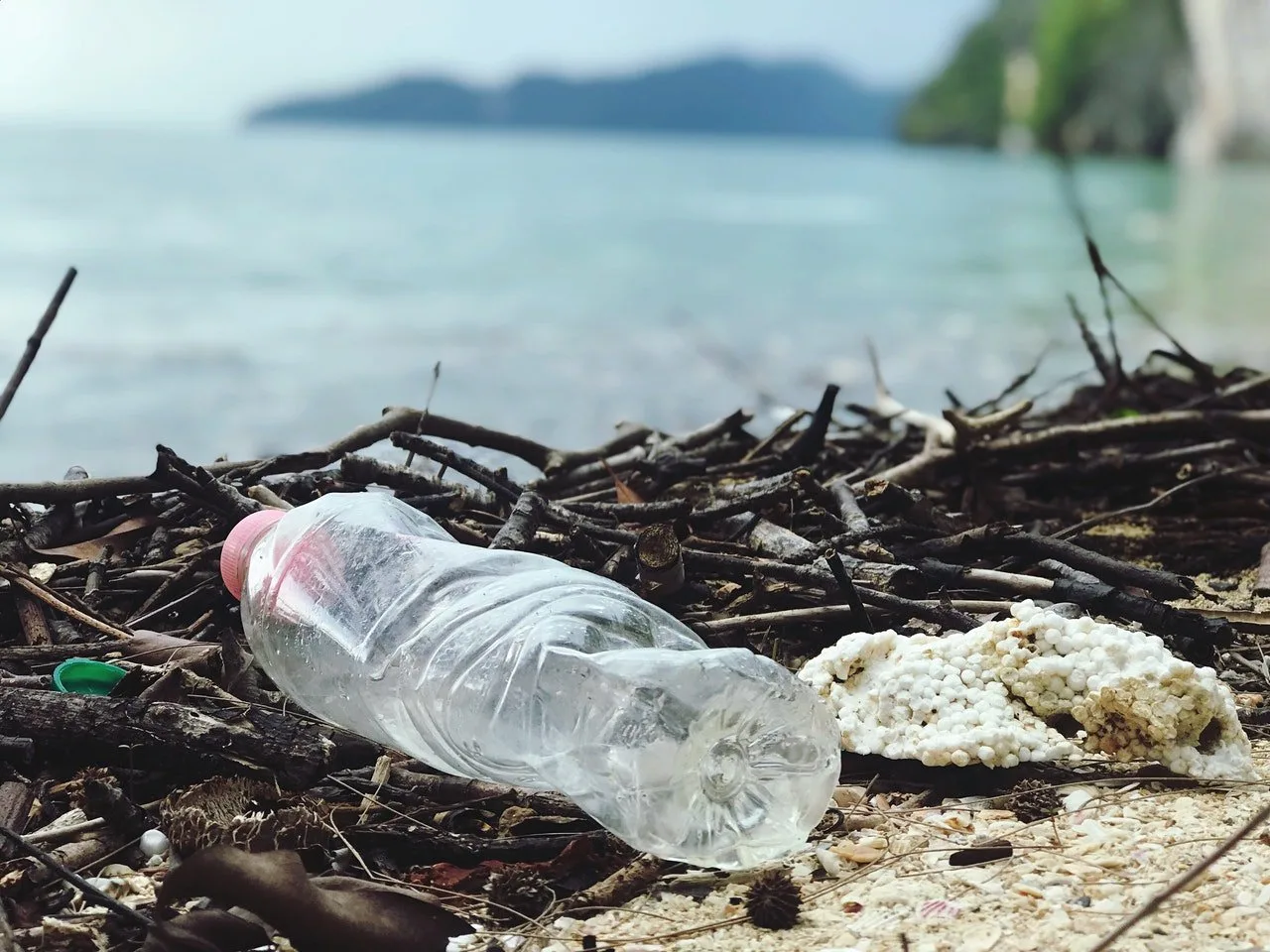
Photo by Catherine Sheila from Pexels
1. The oil market collapsing
Pandemic or not, companies are always looking to make a profit – or at least cut their losses.
Oil and natural gas are used to make plastic. Unfortunately, when the global oil price plummeted last year, it caused a decrease in the price of virgin plastic. What does this mean? Well to layman’s terms, the price of new plastic has become much cheaper than that of recycled plastic. So if companies want an advantage in the post-covid marketplace, then they’re better off packaging their goods in newly made, cheap virgin plastic.
2. Recycling systems broke down
When it comes to addressing plastic waste, recycling is the go-to solution. Unfortunately, due to COVID-19 restrictions, recycling definitely hit a halt.
In fact, recycling companies worldwide told Reuters, that their businesses have shrunk, by more than 20% in Europe, by 50% in parts of Asia, and as much as 60% for some firms in the United States.
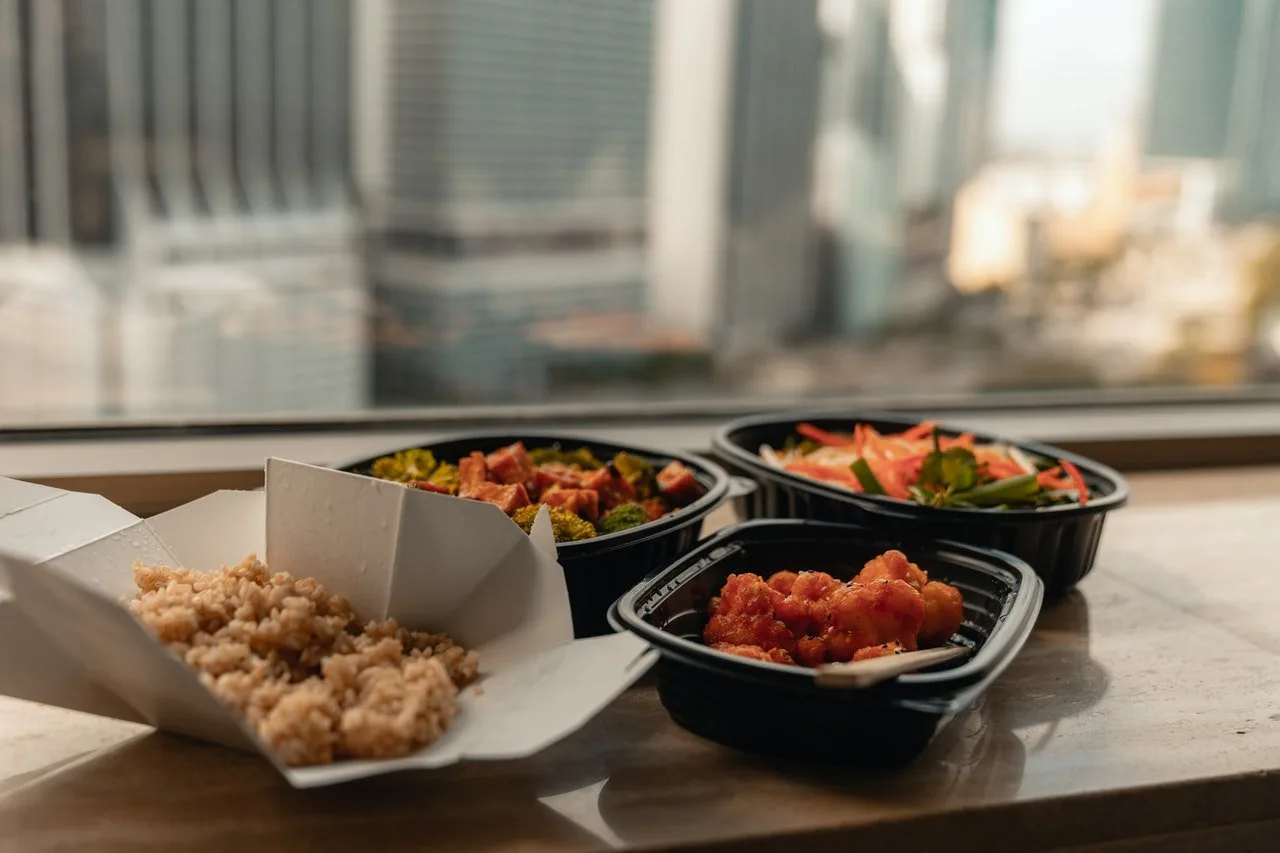
Photo by Jacoby Clarke from Pexels
3. Increase in restaurant takeout
Just because you weren’t allowed to sit in a restaurant for the better half of last year, doesn’t mean that you couldn’t enjoy a meal. Unfortunately, ordering your favorite meal also contributed to the growing heap of single-use plastic.
Fighting plastic waste post-COVID
There are a few programs that were implemented during the pandemic to help address the plastic waste problem.
For one, in the month of June, the World Bank, Parley for the Oceans, and the South Asia Cooperative Environment Programme (SACEP) launched a $50 million regional project to help South Asia curb its marine plastic pollution and ramp up eco-innovation to reinvent plastic use and production.
Additionally, countries all over the world have sought out to create more eco-friendly face masks;
- In Accra, Ghana, 10,000 locally made cloth face masks were distributed – 200 of which were produced by Trashy Bags, a non-governmental organisation that recycles water bottles and ice-cream sachets (3).
- In Tanzania, company Zaidi Recyclers, produced face shields made from recycled plastic bottles.
- Thai design company Qualy turned unused fishing nets into Covid-19 face shields and disinfectant bottles.
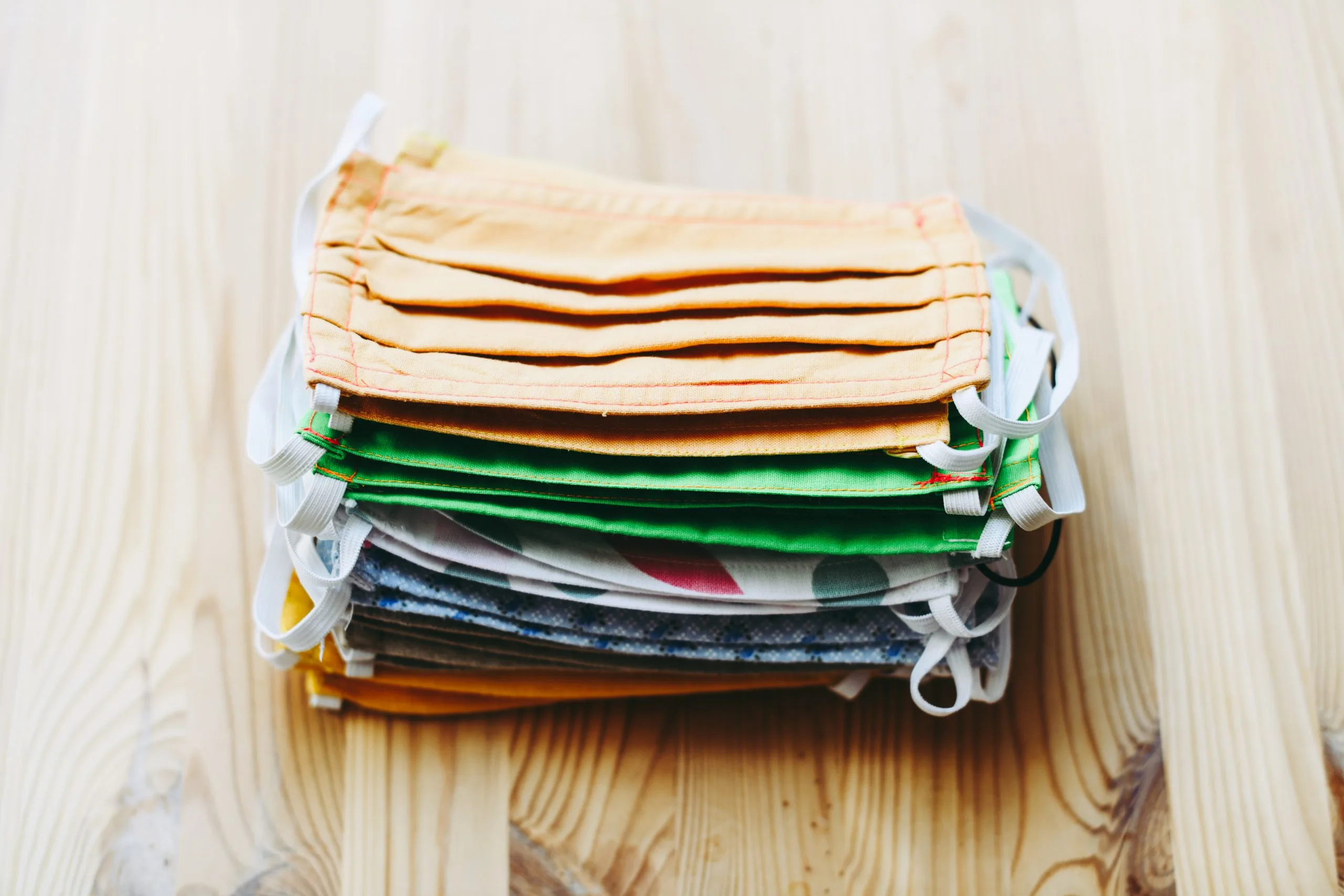
Photo by Vera Davidova on Unsplash
What can I do?
If you want to do your part to reduce plastic waste, try the following tips:
- Wear a cloth mask
- Avoid overbuying
- Use sustainable cleaning products
- Use reusable bottles
- Say no to single-use
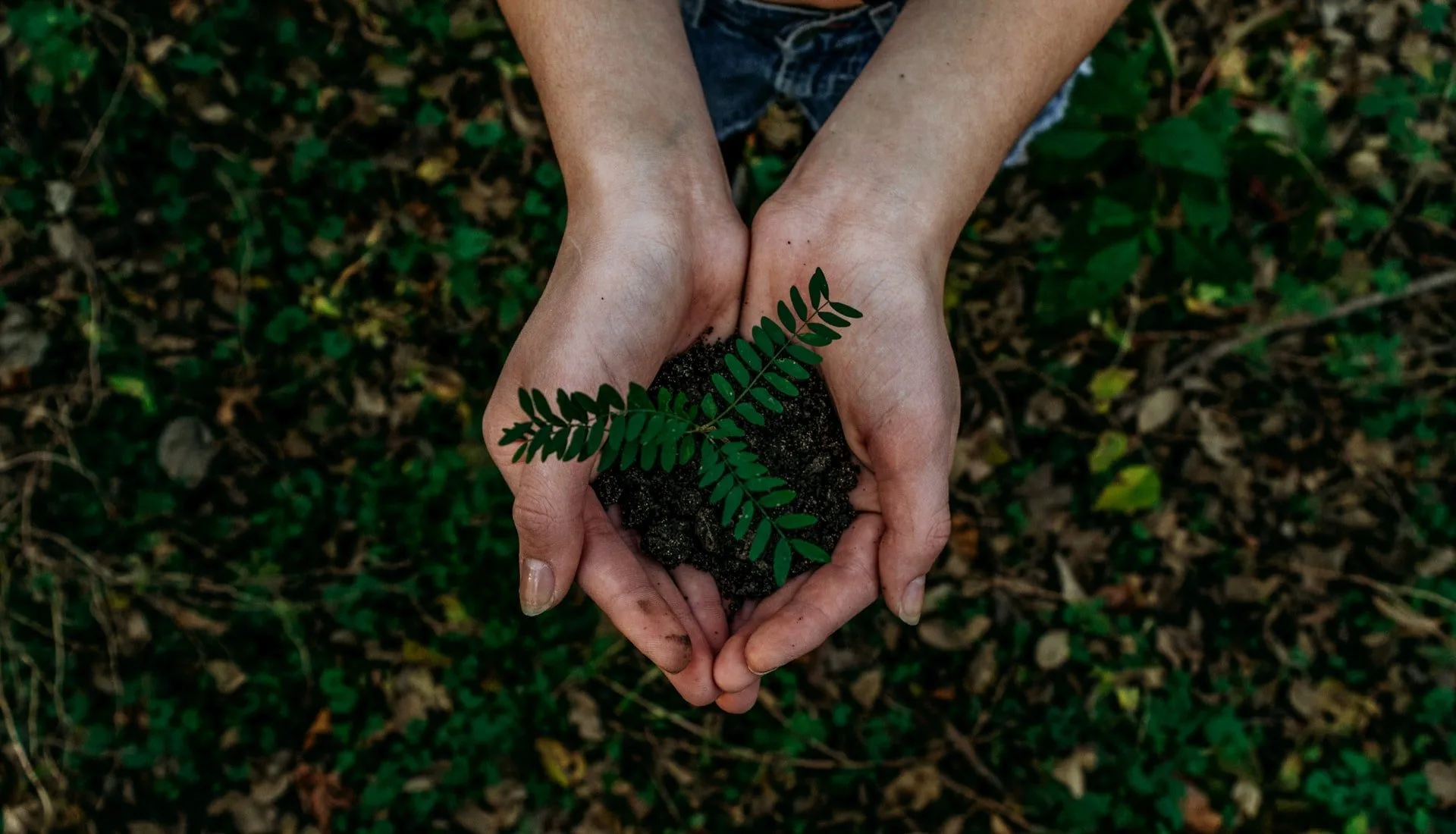





![women [longevity live]](https://longevitylive.com/wp-content/uploads/2020/01/photo-of-women-walking-down-the-street-1116984-100x100.jpg)










